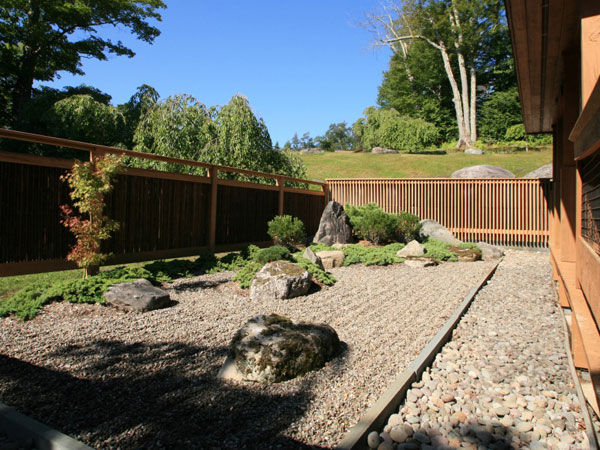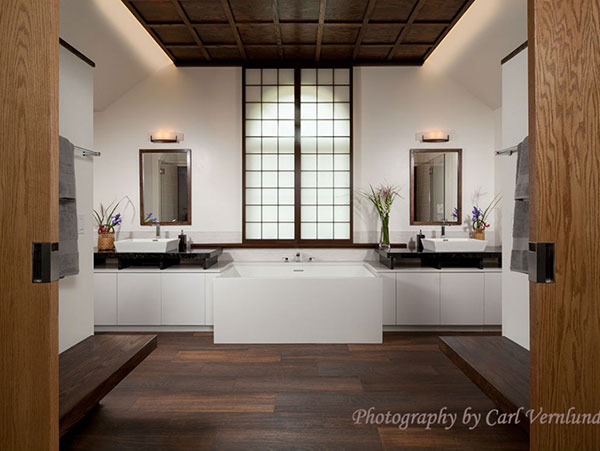[videojs_video url=”https://pedarch.com/wp-content/uploads/2019/06/PED-Blog-Post-1-upload.mov” poster=”https://pedarch.com/wp-content/uploads/2019/06/Post1.jpg”]
Connections between the mind, body, and environment
Imagine you are walking through an outdoor path in Kyoto, surrounded by bamboo. While you walk, your blood pressure happens to decrease. Is it because you are taking in the smells of the bamboo as you walk? Is your mind communicating a positive reaction to the space to your body? How does this relate to mindfulness?
Interacting with our surroundings is a full sensory experience, and one that could lead to potential health benefits. We tend to think of our minds and bodies as separate from each other, and of our bodies as disconnected from the spaces around us. But once we fully consider how we interact with our environments, we can also think about how spaces can positively impact our minds.
What is mindfulness?
We can gain from our surroundings through being mindful. Many often refer to mindfulness as focusing on the present as a meditative technique. The definition of true mindfulness, according to Zen Buddhist Philosophy, is the condition under which you and a space are separated and connected at the same time.
For that reason, we do not always need to close our eyes and shut out the rest of the world to be mindful. Awareness of the environment is also essential. When we are mindful, the boundaries between space and the body begin to blur—simultaneously separating and connecting. Dissolving the self/space boundary, discussed further in the video above, is a key component of traditional Japanese architecture.
Blurring the self/space boundary in Japanese architecture
Knowing that mindfulness hinges on awareness of the physical environment, we can design spaces that encourage this experience. The Japanese spatial concepts guiding traditional and contemporary architecture consciously blur the boundaries between space and self. These design principles perhaps explain why people associate Japanese temples, shrines, and gardens with feelings of calm or contemplation.
We can imagine how the natural world, such as the bamboo forests of Kyoto, creates sensory experiences that encourage mindfulness. However, we can also use philosophies of Japanese design to create mindful spaces in our homes, offices, and throughout other architectural structures. Take a look at your own surroundings, and think about how the natural or constructed environment around you may promote mindfulness. In what kinds of places have you experienced a blurring of the boundary between space and self?
This article is based on Yoko Kawai’s talk, “Designing Mindfulness: Spatial Concepts in Traditional Japanese Architecture,” at the Japan Society in New York in May, 2018.
Update on April, 2022 : For the full footage of the talk, please visit here. To learn more about the body and space, please read Yoko’s other article “Body, Space, Technology- Part 1″ at Mirai Work Space.


